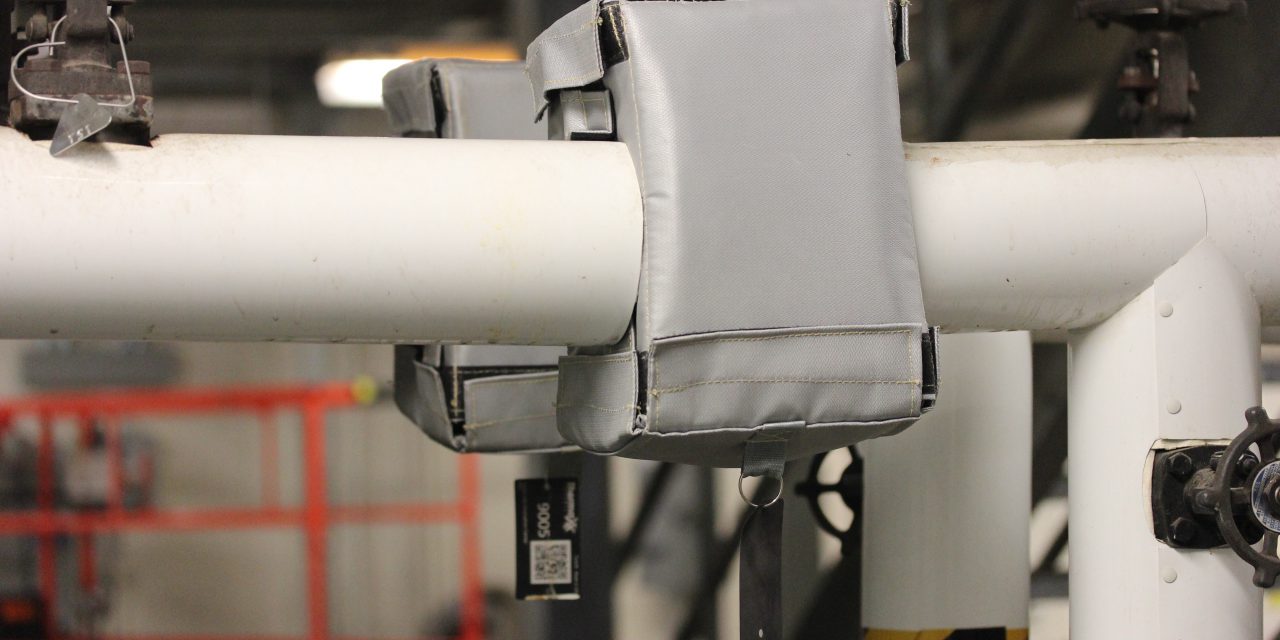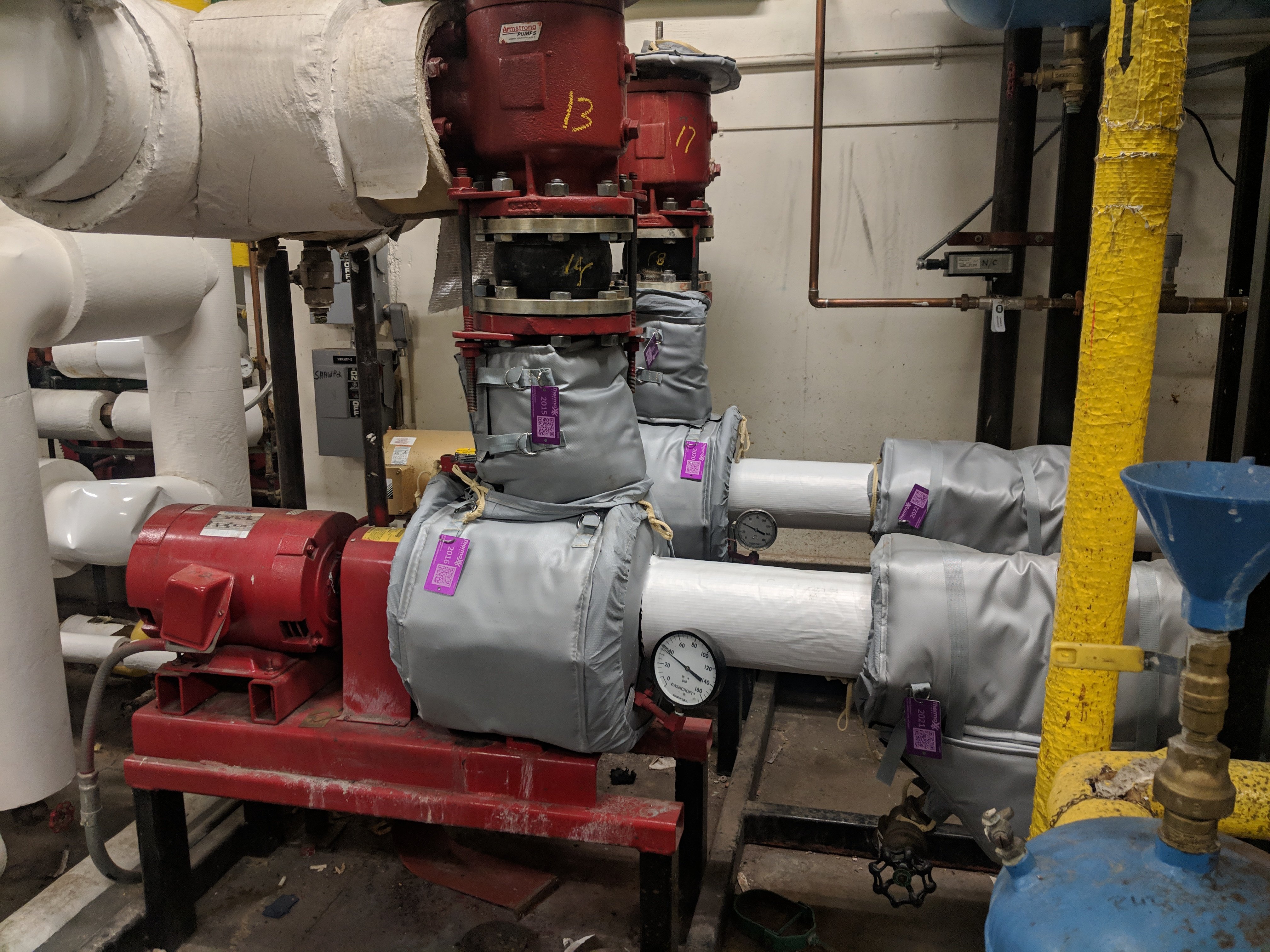Manhole Insulation

This article was written by Meghan Reilly of Thermaxx Jackets & John Barker of Midco Insulation
Why You Should Inspect Stainless Steel Pipes
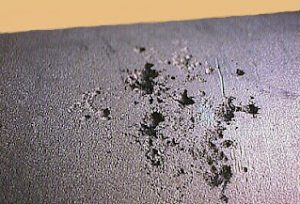
Common in factories and plants, stainless steel pipes and tubes are something we frequently see in our removable insulation installation calls. In these industrial settings, stainless steel pipes are frequently exposed to extreme temperatures and conditions; thus, insulating them is important to energy savings. Perhaps equally important is inspecting stainless steel pipes.
Insulating Ammonia Refrigeration Systems
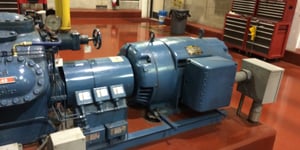
Insulating Ammonia Refrigeration Systems can save a tremendous amount of Energy Dollars! Please use extreme caution when working on or around an Ammonia system. Ammonia is both caustic and hazardous in its concentrated form. It is classified as an extremely hazardous substance in the United States.
Decrease Energy Costs in Your Factory by Monitoring Steam Traps

Steam systems perform a significant function in many manufacturing plants. As the primary medium of transferring heat throughout the plant, the efficient and proper use of steam can have a considerable impact on a factory’s energy costs. The steam trap is a critical, yet often overlooked, component of the steam system.
Corrosion Under Insulation (CUI)

Corrosion Under Insulation (CUI): What it is and how to prevent it Corrosion under insulation (CUI) is the corrosion of piping and vessels that occurs beneath insulation as a result of water penetration. The water can come from rain water, leakage, deluge system water, wash water, or sweating from temperature cycling or low temperature operation such as refrigeration units.
Corrosion Under Insulation & CUI Inspections

Corrosion Under Insulation Corrosion under insulation has been plaguing the industrial equipment since the 1970s energy crisis first prompted companies to reduce energy costs by insulating their equipment. Corrosion under insulation (or CUI) can be a major problem if left unchecked; CUI can cause massive damage that is expensive and dangerous.
Corrosion Detection Methods for Stainless Steel Pipes and Tubes

Stainless steel is resistant, but certainly not immune, to corrosion. In a previous article, we examined the need for inspecting stainless steel pipes further, including a discussion of conditions which encourage corrosion. When corrosion does occur in stainless steel, the corrosion often manifests in a very localized manner rather than uniform (or “general”) corrosion. Two forms of corrosion...
Spray Dryer Insulation Blankets
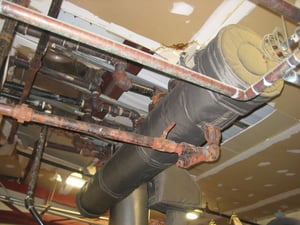
Spray drying is the process of converting a mixture in its liquid form to a powder. This is done by removing the moisture component from the liquid solution. The solution, sometimes called an emulsion, is sprayed through a nozzle into a chamber that simultaneously has hot air being blown into it. This is the preferred method of drying of many thermally-sensitive materials such as foods and...
Food Grade Insulation Blankets
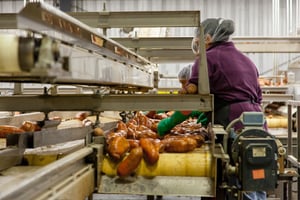
Thermaxx Jackets has worked with many clients who are trying to make their food processing plant more energy efficient, safer, and cleaner (such as Calabro Cheese). The USDA recommends insulating pipes in food processing facilities, providing a layer of protection between the piping and your product. The insulation blankets used should be food grade or food safe. “Food grade” or “food safe” means...
Life Expectancy of Indoor & Outdoor Removable Insulation Blankets

This article was written by Will Jones, an insulation expert at Thermaxx Jackets.


